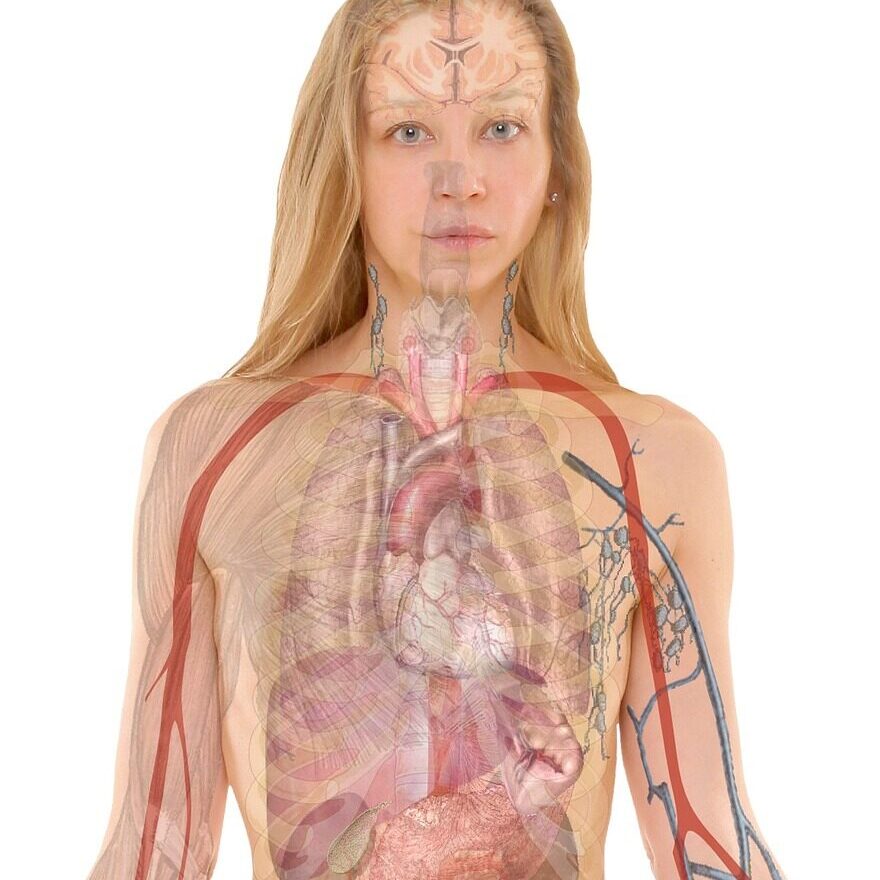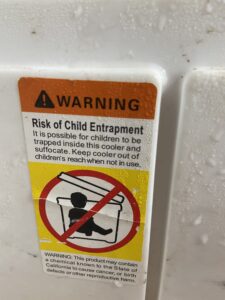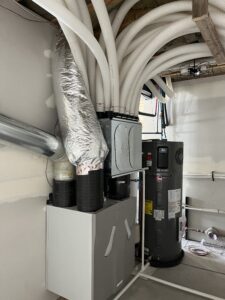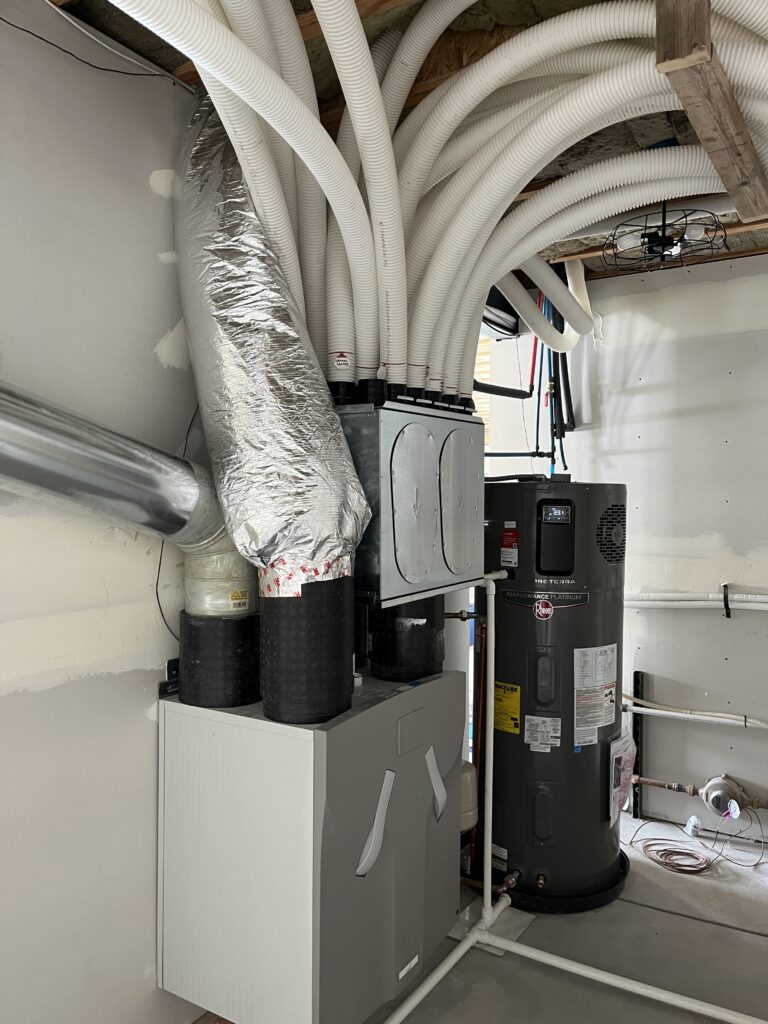First off, the large picture of a construction project should be viewed as an entire system. This system is similar to your body. The foundation, walls and roof are like our skeletal system, the plumbing is like our digestive system, the electrical like our nervous system and the VENTILATION… is like the respiratory system. All of these systems are separate, but function cohesively with the others, making quite a great product overall. Therefore, the ventilation system should have its own system and NOT be a part of the heating and cooling system.


What about just using the windows for ventilation? Sure, you can open your windows for some fresh air, but what if the air is freezing or the air is not fresh because it’s smoky from forest fires, full of pollen, pollution, etc.? There are many instances in which opening windows for ventilation may not be the best option. This is why mechanical ventilation is now required by the building code in residential construction. Mechanical ventilation is becoming more important, as well, because the codes are mandating tighter buildings and therefore need fresh air and want to control and filter that air.



A Yeti Cooler is quite airtight, but you couldn’t live in one because there would be no fresh air. The cooler is most efficient when it stays shut so if you think of a very airtight house as a cooler, you have to bring in that fresh air, but it must be strategic. And it should be its own system.

There are four typical options for ventilation… none, exhaust only, supply only and balanced. The first three are not recommended.
WHY would you install a balanced system? Well, because it’s balanced… there’s not an excess of exhaust that is depressurizing the home or an excess of supply, which is pressuring the home. Too much exhaust and there’s a very real chance of backdraft from any fuel-burning equipment, resulting in carbon monoxide poisoning. Too much supply and you could have moisture / mold problems in cold climates. Most homes have a “exhaust-only” ventilation system via the bathroom exhaust fans. These, however, do not (usually) run continuously. If your home is older, then there may be no sort of mechanical ventilation at all.

Ok, so WHAT IS balanced mechanical ventilation? Well, it’s when the amount of fresh SUPPLY air is equal to the amount of stale air that is EXHAUSTED. And HOW is that achieved? It’s achieved by implementing either an ERV (energy recovery ventilator) or HRV (heat recovery ventilator). What are those? They’re essentially the lungs for the home. There’s a good video explaining these here. The neat thing about these units is that the temperature of the exhaust air will help to temper the incoming fresh air through that crisscross core. That means that the air coming in from the outside will be closer to the temperature of the air in the house. This unit can either be installed standalone or can tie into the rest of the ductwork, but as I mentioned before, it should be standalone
In our house, with the Zehnder CA550 unit, the entire system is continuously supplying the living room and bedrooms, while exhausting the bathrooms and kitchen. There is a “boost” for when the bathrooms are occupied, which will ramp up the entire system. It’s balanced so that’s why the whole system ramps up and not just the bathroom exhaust fan. That was a learning experience for sure.

Can a balanced mechanical system be implemented without an ERV / HRV? Not really. This is because unless you’re matching the supply CFM to the exhaust CFM, which changes when someone uses a bathroom exhaust, and this is very hard to do with a supply-only system. There is one exception and that would be by utilizing the Panasonic SelectCycler, which qualifies as a whole-house ventilation system. This system uses the Panasonic WhisperGreen bathroom exhaust fans and whenever the supply damper opens, the bathroom fans will turn on for a certain amount of time, timed to meet the required ventilation requirements. This YouTube video here explains how this system works. This system will not work in extreme temperatures, however, because there is no transfer of conditioned air to temper the incoming air.
To summarize, we talked about why the ventilation system should be separate from the other systems of the house, WHY you would want balanced ventilation, WHAT balanced ventilation is and HOW balanced ventilation is achieved.

